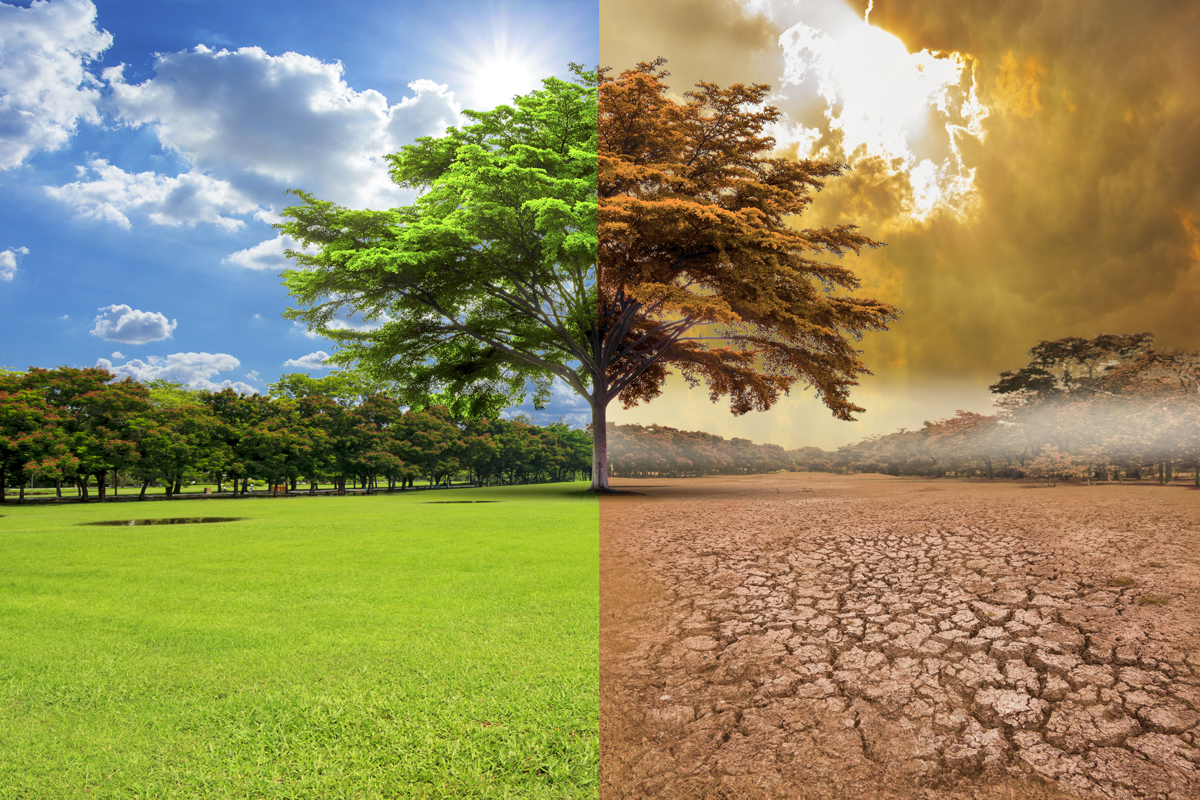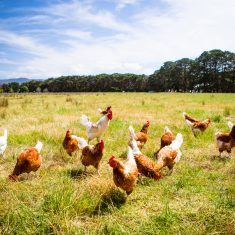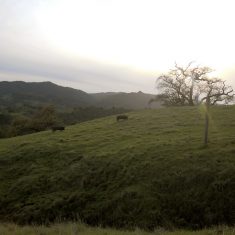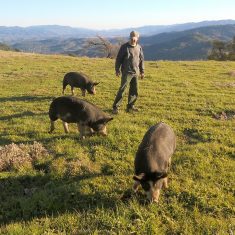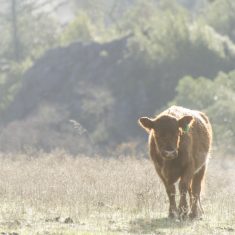Meatless Mondays or Conscious Consumption?
Food fads come and go. Messaging about health and food are everywhere, and one we’ve been hearing a lot lately is the need to practice “Meatless Mondays.” In the conversation around climate change, meat, particularly beef, has been vilified as a major contributor of greenhouse gases. However, the arguments for meat as a major contributor of greenhouse gas emissions are exaggerated, and well-managed grass-fed cattle can actually help sequester carbon in soil.
It’s true that illegal deforestation of the Amazon rainforest has been caused by cattle ranchers whose beef enter the global meat supply. Dubbed the “Lungs of the World,” Amazonia absorbs carbon dioxide, produces oxygen, and essentially regulates the planet’s atmosphere. Going meatless one day a week sounds like an easy way for us to protect the important Amazon ecosystem and combat climate change, but is it really?
When the United States joined WWI in 1917, the US Food Administration and the Committee on Public Information pushed their propaganda that “Food will win the war. Waste nothing.” Meatless Mondays, as well as Wheatless Wednesdays, was born out of the argument for Americans to reduce consumption of these staples, so that US troops could eat well. In the early 2000s, Meatless Mondays cycled back into American culture, this time as a public health awareness campaign, confronting the pervasiveness of preventable illnesses associated with overconsumption of meat.
Not all meat is unsustainable and unhealthy. Most of the world’s agricultural land is suitable for livestock grazing, not crop production. Where land is too brittle, we can produce nutrient-dense meat and improve soil health. Where bison or other grazing wildlife once roamed in huge numbers, ruminant livestock can mimic that natural grazing and browsing impact via intensive rotational grazing. Research is showing that good grazing techniques and healthy pastures can sequester carbon. Ruminants, like cows and sheep, add water and micronutrients to create a more biodiverse soil. Intensive rotational grazing stimulates grass growth during springtime, and through the course of photosynthesis, grass draws carbon into the roots and into the soil. This system of improving soil health and sequestering carbon is regenerative farming.
Choosing to eat high-quality meat in moderation benefits our health and the environment. The Golden Pig sources this kind of pasture-raised and grass-fed meat. Just as healthy soil is a diverse and complex ecosystem, we as human beings thrive on a diverse diet, including meat that provides us with protein and key micronutrients. Not eating meat isn’t going to fix all the ways humans negatively impact the earth. Connect back to the soil that sustains us, and enjoy dining on meat that regenerates our natural resources.

